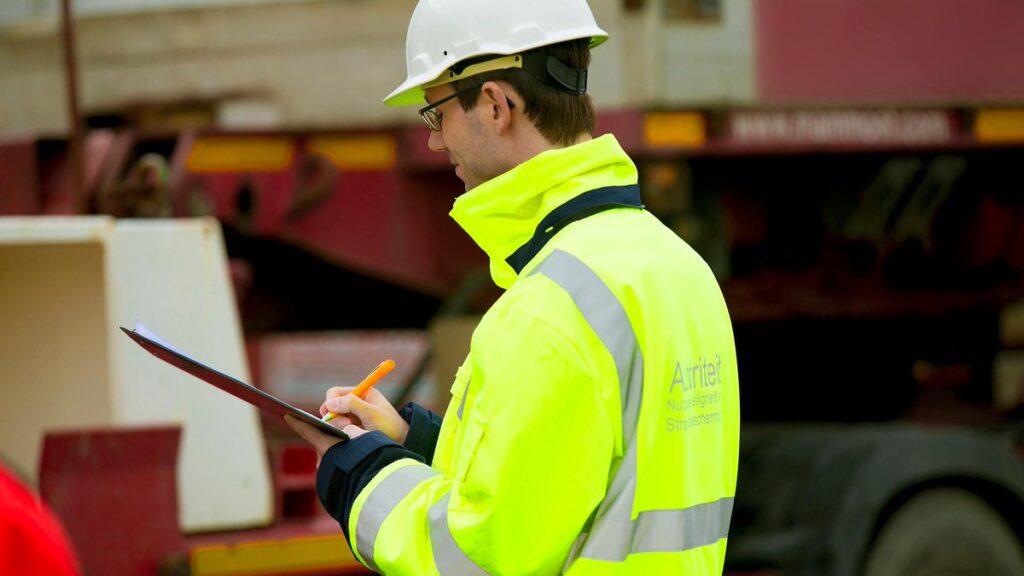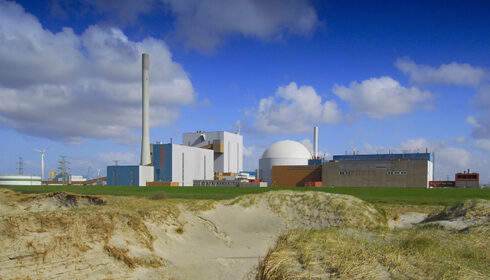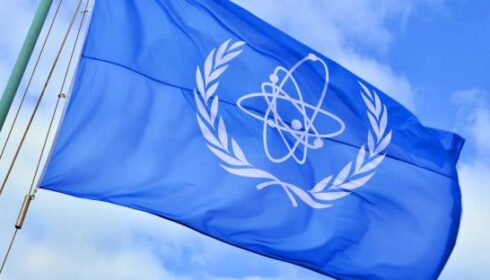
Safety in five barriers
The nuclear safety of nuclear power plants around the world gets a lot of attention because many people are concerned about it. In our country, all eyes then naturally turn to Borssele: the only operating nuclear power plant in the Netherlands. We therefore highlight the safety of the nuclear power plant. The nuclear power plant in Zeeland is robust and has a large safety margin. Borssele has five safety barriers that protect against outside mischief. It is impossible from outside in one coordinated action to breach all five barriers to cause a nuclear incident. Conversely, the design ensures that under all process conditions, radioactivity remains within the safety barriers.
From the inside out, the nuclear power plant has the following barriers:
Barrier 1: Ceramic fuel tablets.
The porcelain fuel pellet is the first barrier. About ninety percent of the radioactivity remains locked up in the matrix of the porcelain (uranium oxide). Only the highly volatile substances (noble gases, iodine, caesium) leave the fuel pellet.
Barrier 2: Hermetically sealed fuel rods.
The fuel rods are stacked in a hermetically sealed tube of zirconium: gas- and liquid-proof. The fuel rod keeps most volatile radioactive materials inside.
Barrier 3: Concrete bunkers containing the primary system
The primary system includes the reactor vessel, piping and steam generators. It is a closed circuit in which coolant (conditioned water) is pumped around. This water is under a pressure of 155 bar so that it will not boil. The primary system consists of centimeter-thick steel components of the highest quality and with a very wide safety margin. Radioactive substances cannot get out of here. The primary system sits in bunkered areas. The concrete provides radiation shielding and protects the plant from external mischief.
Barrier 4: Containment
The primary system is enclosed in a solid steel sphere. This ensures that radioactivity does not escape to the outside in the event of an incident. The sphere is a strong airtight structure and can contain internal gas and steam explosions. This keeps emissions from the primary system inside in the event of an incident.
Barrier 5: Reactor building
All systems are enclosed in the reactor building, recognizable from the outside by the top half of the sphere that sits in the distinctive concrete dome. The building is the final physical barrier between the primary system and the environment. Conversely, the concrete building is the first barrier to outside mischief on its way to the core.

Security
All nuclear facilities in our country are monitored and secured. Again, we explain the systematics on the basis of the nuclear power plant. This has been secured more and more strictly after the increased terror threat. The nuclear power plant is surrounded by security rings. The outer security ring serves as a detection zone, the subsequent rings act as a slowdown. The inner rings are the real physical barriers that keep out intruders. If intruders are detected, alerting of surveillance and possibly government emergency services follows. The subsequent rings act to slow down which increases response time; the inner rings are closed so that the complex becomes inaccessible.
In addition to physical security, much attention is also being paid to cybersecurity. The nuclear sector’s vital computer systems cannot be accessed from the outside and are permanently secured or monitored. ICT resources from outside are not allowed into the facility without question and there is close cooperation with the government in recognizing and averting cybersecurity threats. Finally, there is employee screening and supervision of visitors to nuclear facilities. All employees receive a background check and must be able to provide a certificate of good conduct. Security incident response is practiced regularly with the government. Obviously, not too many details are given about security.

Regulators
In the Netherlands, the Nuclear Safety and Radiation Protection Authority (ANVS) ensures that nuclear safety and radiation protection in the Netherlands meet the highest standards. To this end, the ANVS draws up rules, grants licenses, monitors compliance and can take enforcement action. The Netherlands is also committed to several European directives and international treaties in the field of nuclear safety and radiation protection. For example, there are regular ‘missions’ by regulatory bodies such as the International Atomic Energy Agency (IAEA). Foreign experts then come to see whether nuclear safety and radiation protection in the Netherlands comply with international standards and make recommendations in this regard.
Image: ANVS



